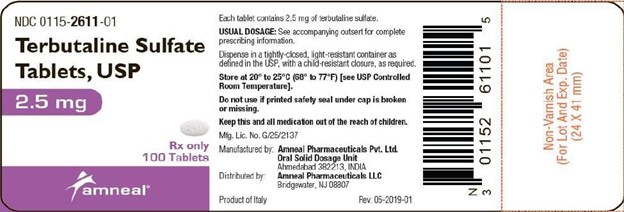A nurse is assessing a full-term newborn upon admission to the nursery.
Which of the following clinical findings should the nurse report to the provider?
Rust-stained urine.
Subconjunctival hemorrhage.
Single palmar creases.
Transient circumoral cyanosis.
The Correct Answer is C
Rationales
A. Rust-stained urine.
Rust or brick-dust staining in the diaper is usually caused by urate crystals in the urine. This is a common and benign finding in newborns during the first days of life, particularly when fluid intake is still low. It does not require provider notification unless it persists beyond the first week or is accompanied by other abnormalities.
B. Subconjunctival hemorrhage.
A subconjunctival hemorrhage often results from pressure during delivery, especially in vaginal births. It appears as a bright red patch on the sclera but is harmless and resolves spontaneously within several weeks. It is considered a normal newborn finding and does not need to be reported.
C. Single palmar creases.
A single transverse palmar crease, also known as a simian crease, can be associated with chromosomal abnormalities such as Down syndrome. While it may sometimes be an isolated normal variant, its presence warrants further evaluation. The nurse should report this finding to the provider for assessment and potential genetic follow-up.
D. Transient circumoral cyanosis.
Brief bluish discoloration around the lips in a newborn is typically due to vasomotor instability and is common when the infant is crying or cold. As long as the central mucous membranes remain pink and oxygenation is normal, this finding is not concerning and usually resolves without intervention.
Nursing Test Bank
Naxlex Comprehensive Predictor Exams
Related Questions
Correct Answer is C
Explanation
A newborn who is 10 hr old and has onset tachypnea.
Tachypnea means rapid breathing and can be a sign of respiratory distress.
Transient tachypnea of the newborn (TTN) is a respiratory disorder usually seen shortly after delivery in babies who are born near or at term.
It is important for the nurse to assess this newborn first to determine the cause of the tachypnea and provide appropriate care.

Choice A, a newborn who is 24 hr old and has not had a meconium stool, may
require further assessment but is not as urgent as a newborn with tachypnea.
Choice B, a newborn who has a short frenulum and is having difficulty breastfeeding, may require assistance with feeding but is not as urgent as a newborn with tachypnea.
Choice D, a newborn who is 30 hr old and has blood-tinged discharge in her diaper, may have pseudomenstruation which is normal and not a cause for concern.
Correct Answer is A
Explanation
Terbutaline is a medication that can cause serious side effects such as ante (low blood pressure).
A blood pressure reading of 88/58 mm Hg is considered low and could be a sign
of hypotension.

The nurse should withhold the medication and report this finding to the provider.
Choice B is not an answer because a urinary output of 40 mL/hr is within the
normal range.
Choice Cis not an answer because a fetal heart rate (FHR) of 120/min is within the normal range.
Choice Dis not an answer because a fasting blood glucose level of 75 mg/dL is
within the normal range.
Whether you are a student looking to ace your exams or a practicing nurse seeking to enhance your expertise , our nursing education contents will empower you with the confidence and competence to make a difference in the lives of patients and become a respected leader in the healthcare field.
Visit Naxlex, invest in your future and unlock endless possibilities with our unparalleled nursing education contents today
Report Wrong Answer on the Current Question
Do you disagree with the answer? If yes, what is your expected answer? Explain.
Kindly be descriptive with the issue you are facing.
